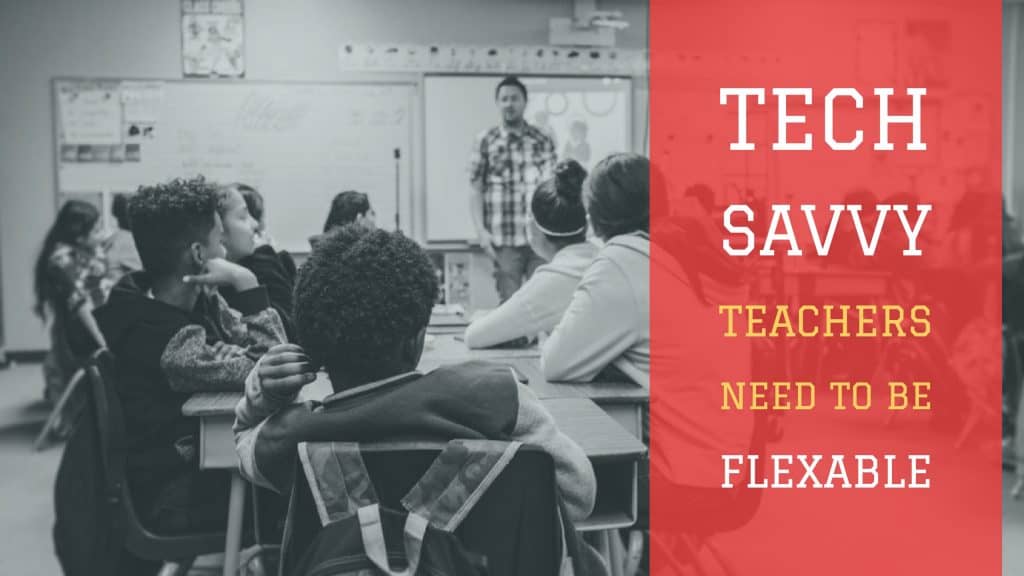If we’ve learned nothing over the course of our field experiences, it’s that no matter how well planned a lesson is or how airtight an activity might seem, there will always be some things that do not go according to plan. Students might take an extra ten minutes to finish an activity, all of your markers could run out of ink, student drama could interrupt the class, and so on. Teachers must learn to be able to work around these random events in order to assure their students steady progression.
This is perhaps even more so the case for teachers who have adapted newer technology into their teaching methods. The inclusion of these tools introduces a million new things that could go wrong – your laptop’s charger could get damaged, the wifi might go down, or your projector bulb could burn out, for example. For these teachers, flexibility becomes a key component of classroom planning in order to not only assure a smooth and informative lesson, but to avoid complete derailment of the class.

